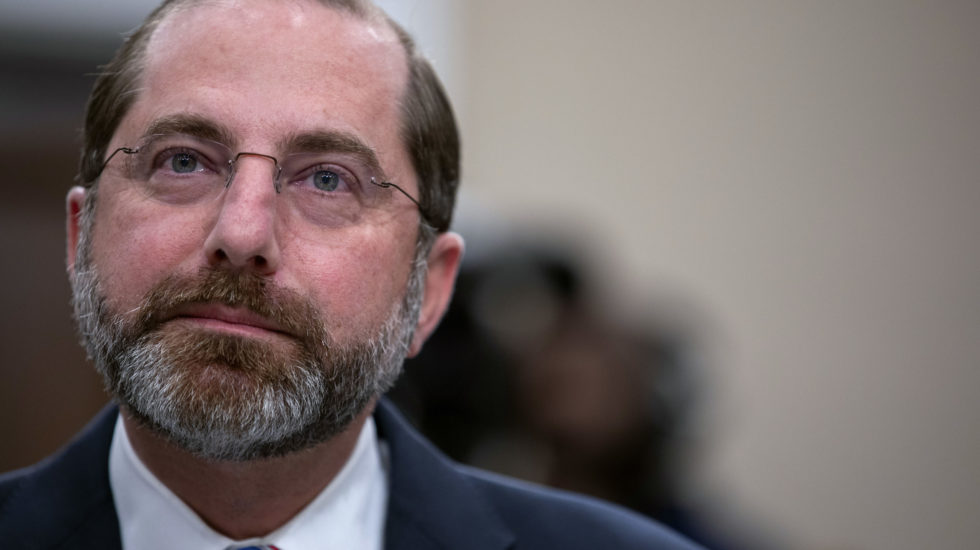How many ventilators does the US have on hand to fight the pandemic?
At President Trump’s coronavirus task force press briefing on Sunday, Mar. 15, Secretary of Health and Human Services Alex Azar refused to answer, citing “national security.”
Less than 10 minutes on the internet yielded the answer: 172,700.
Earlier in the day, Dr. Anthony Fauci said that the US has about 12,700 ventilators stockpiled. On Feb. 14, 2020, the Center for Health Security at Johns Hopkins Bloomberg School of Public Health reported that the US has approximately 160,000 ventilators in acute care hospitals. The number in use at any given time is unknown.
Why did Azar refuse to provide that number? Because it’s bad news. Stonewalling is a reflexive response and a defining characteristic of the Trump administration. This time, it’s endangering the health of all Americans.
Why Facts Really Matter Now
During an American Hospital Association webinar in February, Dr. James Lawler, a professor at the University of Nebraska Medical Center, projected that the coronavirus pandemic could infect 96 million people and hospitalize 4.8 million of them. In the entire country, the US has approximately 925,000 staffed beds (including all types).
Of those 4.8 million projected hospital patients, 1.9 million could require intensive care beds. We have about 98,000 (included in the above total).
Of those 4.8 million hospital patients, 960,000 could require ventilators. We have 172,700. Even more importantly, according to the Johns Hopkins study, the limiting factor for treatment during a pandemic will be respiratory therapists. Dr. Lawler also calculates that the number of US deaths from the virus could be 480,000 — 10 times worse than the mortality rate for the seasonal flu.
If we can spread out the number of infected victims so they show up at hospitals over a longer period of time, we can reduce peak demand for hospital admissions, ICU beds, ventilators, and necessary medical personnel. We would have a chance to avoid the situation facing Italy, where doctors are making life and death decisions about patients who get the treatment they need and those they send home to die. More available beds, ventilators, and therapists means more lives saved. And by we, I mean all of us.
That’s the urgency of “flattening the curve.”
If CNBC’s reporting is correct, the White House task force has it backwards. Under its so-called “optimistic scenario,” peak virus in the US would come one month from Saturday, Mar. 14. Under its “pessimistic scenario,” peak virus would occur two months later. But as the peak becomes earlier, the number of deaths from an overtaxed medical system increases. And that doesn’t take into account spillover deaths from patients requiring care they cannot get for other diseases and illnesses.
Azar and Trump’s entire task force could use these facts to drive home simple messages — wash your hands, no handshakes, social distancing, stay home if you can — every individual can make a difference. Instead, they’re playing to an audience of one, who is working in vain to save a stock market that is reacting to presidential incompetence. In the process, they could be killing Americans. Literally.
Steven J. Harper is a regular contributor to News & Guts and the creator/curator of the Trump-Russia Timeline. He’s an attorney, adjunct professor at Northwestern University Law School, and author of several books, including Crossing Hoffa — A Teamster’s Story and The Lawyer Bubble — A Profession in Crisis. He blogs at The Belly of the Beast. Follow him on Twitter (@StevenJHarper1).
This post contains analysis and opinion.



